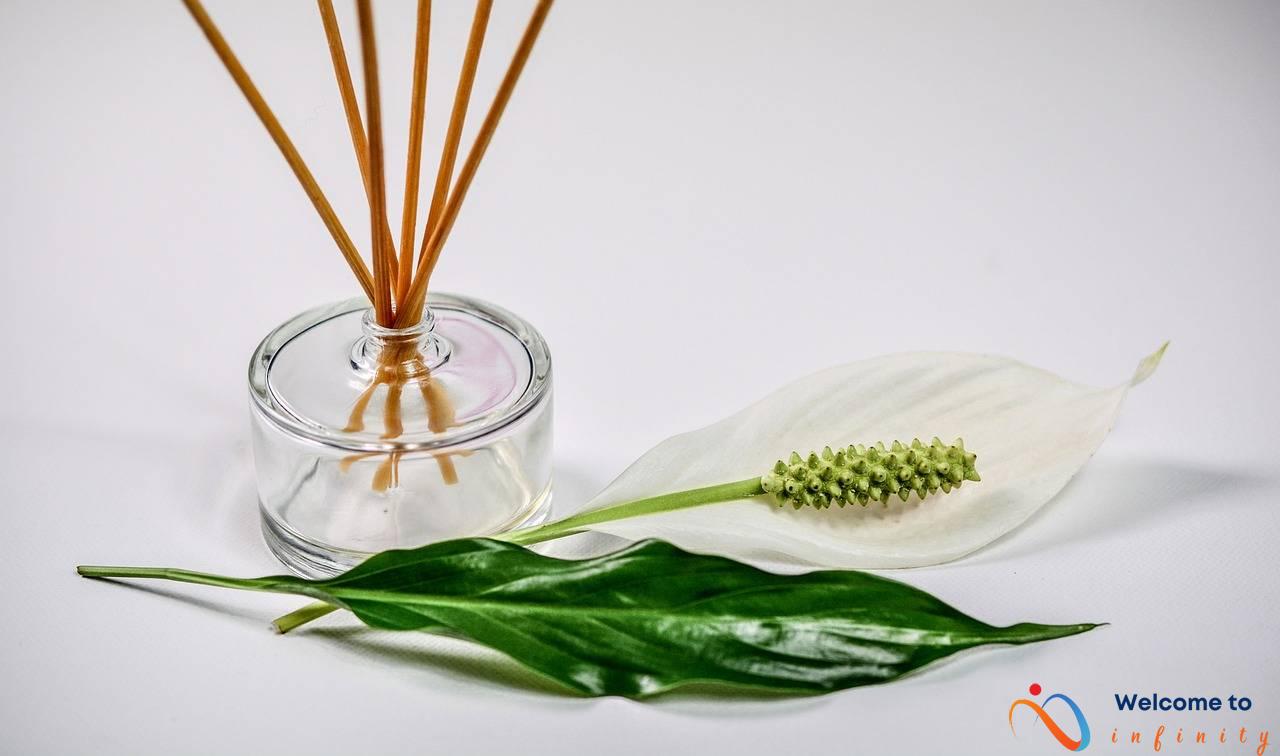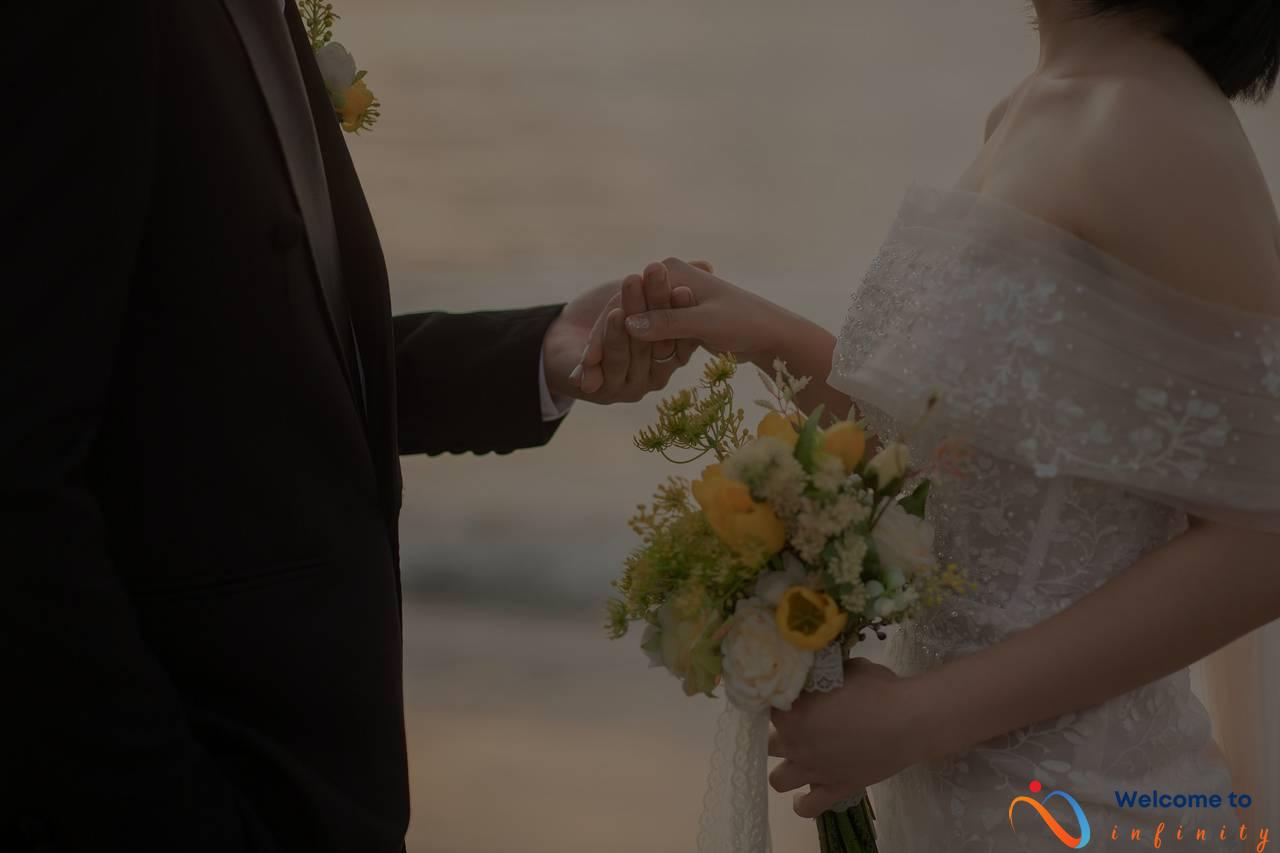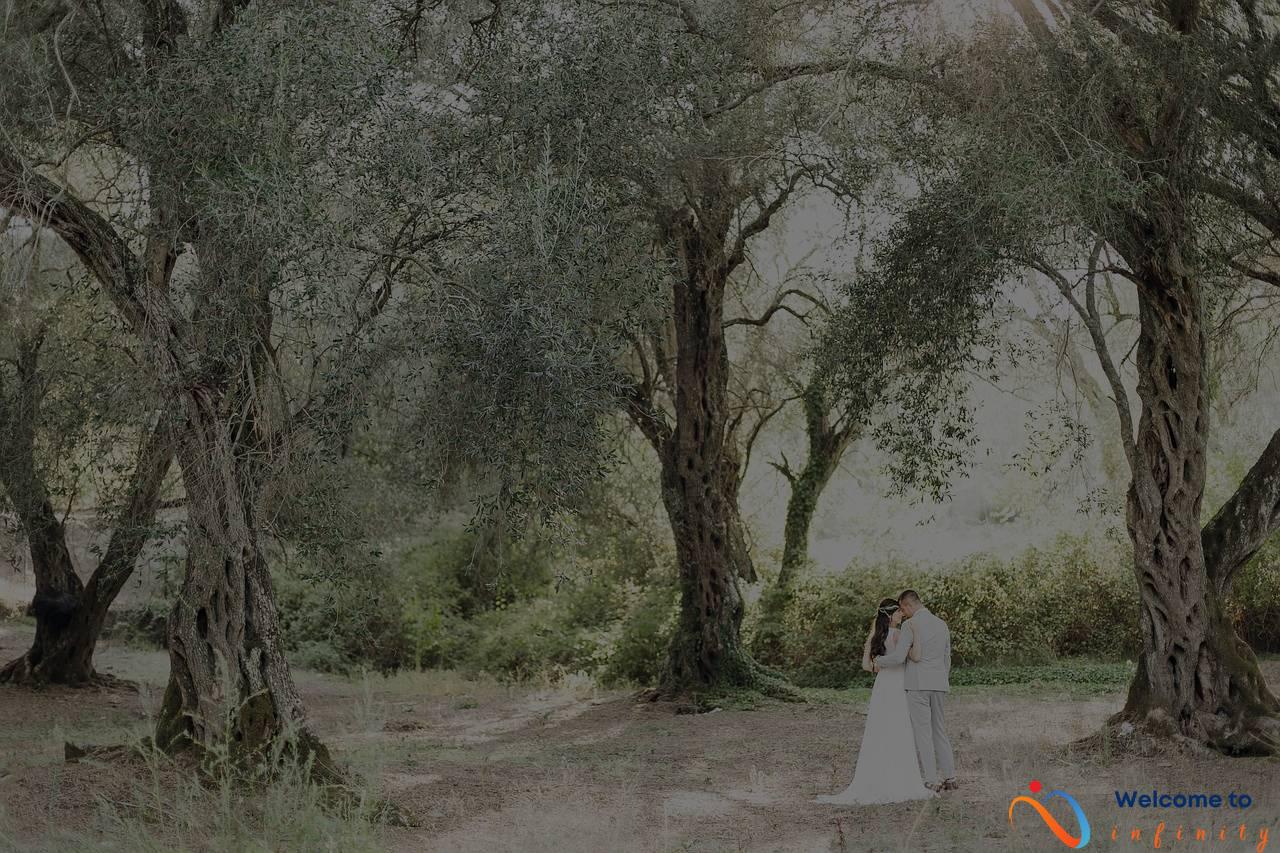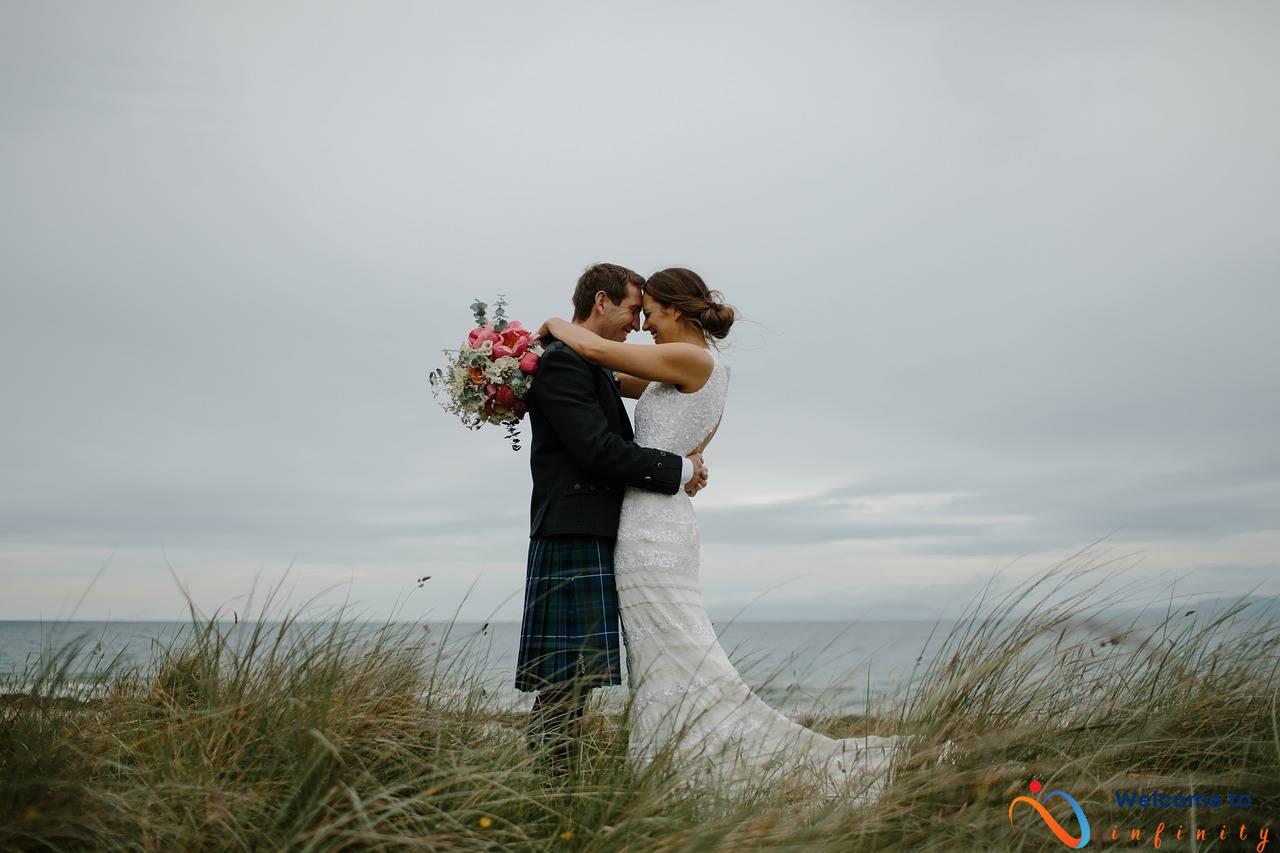Your wedding day is one of the most important days of your life, and incorporating family traditions can make it even more special. Family traditions are a great way to honor your heritage, bring your loved ones together, and add a personal touch to your ceremony. Whether it's a cultural or religious tradition or a unique family ritual, including these traditions in your wedding can make it a memorable and meaningful event.
Before you start incorporating family traditions into your wedding ceremony, research the traditions specific to your family's culture or religion to determine which ones you would like to include. Some traditions may not fit with your personal beliefs or the style of your wedding, and you can modify them to fit your needs while keeping the essence of the tradition.
If you have non-traditional family members, such as step-parents or same-sex parents, consider including them in your ceremony in a way that honors their role in your life. And if there are no specific traditions in your family, you can create new traditions that represent your unique family dynamic and include them in your ceremony.
Working with your officiant is also essential when incorporating family traditions. Talk to them about the traditions you want to include and ask for their guidance on how to integrate them seamlessly into your ceremony.
Incorporating family traditions is a beautiful way to infuse your wedding with meaning and create a unique experience for your guests. With a little bit of creativity and collaboration with your loved ones, you can create a wedding ceremony that not only celebrates your love but also honors your family traditions.
Researching Family Traditions
When planning your wedding ceremony, incorporating family traditions can make your special day even more meaningful. One way to do this is by researching the traditions specific to your family's culture or religion. By gaining a deeper understanding of these traditions, you can decide which ones you would like to include in your ceremony.
If you're unsure where to start, consider talking to family members who have been married before or who have experience with these traditions. They may be able to provide insight into the significance of certain customs or share stories about how they were incorporated into their own wedding ceremonies.
You can also do some research on your own by reading books or articles on wedding traditions. Take note of the ones that resonate with you and that you feel would be meaningful to include in your own ceremony.
If you come from a culture or religion with a wide variety of traditions, you may need to narrow down your options. You could start by considering the traditions that have been passed down through your immediate family or the ones that are most significant to you personally.
Once you have a list of traditions you would like to include, it's important to make sure they align with your personal beliefs and the overall style of your wedding. Some traditions may not fit with your vision, and that's okay. You can modify them to suit your needs while still honoring the essence of the tradition.
- Research the traditions specific to your family's culture or religion
- Talk to family members who have experience with these traditions
- Read books or articles on wedding traditions
- Consider the traditions that are most significant to you personally
- Make sure the traditions align with your personal beliefs and style of your wedding
- Modify traditions to fit your needs while still honoring the essence of the tradition
Modifying Traditions
It's important to remember that not all family traditions may align with your personal beliefs or the style of your wedding. While you may want to incorporate certain elements into your ceremony to honor your family's heritage, you can modify them to fit your needs without losing the essence of the tradition.
For example, if your family has a tradition of the father walking the bride down the aisle, but your father has passed away or is not involved in your life, you can modify this tradition by having a close family member or friend walk you down the aisle instead. This can still honor the tradition while adapting it to your unique situation.
If there are certain aspects of a tradition that you feel are not appropriate for your wedding, such as outdated gender roles or religious references that do not align with your beliefs, you can also modify these elements. For example, if you come from a culture where the bride's family is expected to pay for the wedding, but you want to split the cost with your partner, you can modify this tradition by adapting it to your financial situation.
Ultimately, modifying traditions allows you to make your wedding ceremony your own while still honoring the cultural and family traditions that are meaningful to you. It's important to communicate these modifications clearly with your family members and ceremony officiant to avoid any confusion on the big day.
Incorporating Non-Traditional Family Members
If you have non-traditional family members, such as step-parents or same-sex parents, it's important to consider including them in your wedding ceremony as a way of honoring the role they play in your life. One way to do this is by giving them a special role in the ceremony, like walking you down the aisle or performing a reading.
If you have same-sex parents, you can also consider including a special vow or moment in the ceremony that recognizes and celebrates their love and commitment to each other. This can be a meaningful way to honor their relationship and show your support for the LGBTQ+ community.
It's also important to communicate with your non-traditional family members about their involvement in the ceremony. Ask them if there are any traditions or rituals that they would like to incorporate, and make sure that they are comfortable with the role you have assigned to them.
Remember, your wedding ceremony is a celebration of your love and commitment to each other, and including non-traditional family members in a meaningful way can make the day even more special and memorable.
Creating New Traditions
One of the most exciting things about incorporating family traditions into your wedding ceremony is the opportunity to create new ones. These new traditions can represent your unique family dynamic and make your wedding even more special.
Creating a new tradition can be as simple as having a family member read a poem or sing a song that is meaningful to you and your partner. Or, it can be more complex, such as creating a ritual that symbolizes your shared values and future together.
For example, if you and your partner both love to travel, you might incorporate a travel-themed ritual into your ceremony. This could include placing a map on the altar and marking all the places you've been together, or having your guests sign a globe instead of a guest book.
The possibilities for creating new traditions are endless, so get creative and have fun with it! Just make sure that you communicate your ideas to your family members and officiant, so everyone is on board and knows what to expect.
Getting Buy-In From Family Members
If you are considering incorporating family traditions into your wedding ceremony, it is important to communicate with all family members involved. This is especially important when incorporating cultural or religious traditions that extend beyond your immediate family.
Before finalizing your plans, make sure to sit down with family members and explain the traditions you want to include. This will give them the opportunity to share their thoughts and concerns and ensure that everyone is on the same page.
If you encounter any resistance or conflict, try to understand where the other person is coming from and find a compromise that works for everyone. You may also want to consider hiring a mediator or talking to your officiant for guidance.
- Communicate with all family members involved
- Sit down and explain the traditions you want to incorporate
- Listen to thoughts and concerns, and find a compromise if necessary
- Consider hiring a mediator or talking to your officiant for guidance
By getting buy-in from all family members, you can avoid any potential conflicts or misunderstandings and ensure that everyone is able to enjoy and participate in your special day.
Working With Your Officiant
When it comes to incorporating family traditions into your wedding ceremony, it's important to work closely with your officiant to ensure a seamless integration. Start by discussing the traditions you want to include and asking for their guidance on how to incorporate them in a way that feels natural and fits with the overall flow of the ceremony.
Your officiant can provide valuable insight on how to modify or adapt certain traditions to fit your specific needs and preferences. They can also offer suggestions for how to incorporate non-traditional family members in a way that honors their role in your life and relationship.
Additionally, if you plan to incorporate cultural or religious traditions that extend beyond your immediate family, your officiant can help ensure that everyone involved is aware and in agreement with the plan to avoid any confusion or conflicts on the day of the ceremony.
Overall, working closely with your officiant can help you bring a personal and meaningful touch to your wedding ceremony while still maintaining the traditional elements that are important to you and your family.
examples of Traditions
If you're looking for ideas to incorporate family traditions into your wedding ceremony, consider the following examples:
- Unity Candle Ceremony: Lighting a unity candle represents the merging of two families into one. The couple and their families each hold a lit candle and use them to light a larger candle together, symbolizing the joining together of the families.
- Handfasting: A handfasting ceremony involves tying the couple's hands together with a ribbon or cord to symbolize their union. This tradition has roots in ancient Celtic culture.
- Breaking of the glass: A Jewish tradition where the couple breaks a glass at the end of the ceremony to symbolize the fragility of life and the seriousness of the commitment they are making to each other.
- Jumping the Broom: An African-American tradition where the couple jumps over a broom to symbolize sweeping away the past and starting fresh together. This tradition has its roots in the era of slavery and has since become a way to honor African-American heritage and tradition.
Remember, these are just a few examples. You can also create or modify traditions to better fit your personal beliefs and family dynamic. The important thing is to communicate and collaborate with your loved ones to create a meaningful and memorable wedding ceremony.
Unity Candle Ceremony
The Unity Candle Ceremony is a beautiful tradition that symbolizes the union of two families. During the ceremony, the bride and groom each hold a lighted candle, and together they light a larger central candle. This represents the coming together of their families and the creation of a new family unit.
The ceremony usually takes place during the wedding ceremony after the exchange of vows and rings. It's a way for the couple to visually express the love and commitment they have for each other and their families. It's also a great way to involve family members in the ceremony, such as parents or grandparents who can light the initial candles.
The Unity Candle Ceremony can be customized in various ways to fit different cultures and religions. For example, some couples may choose to light separate candles representing their individual families before lighting the central candle. Others may choose to incorporate music or readings into the ceremony. The possibilities are endless!
If you plan to include the Unity Candle Ceremony in your wedding, make sure you discuss it with your officiant. They can help you decide on the best way to incorporate it into your ceremony and ensure it's seamless and meaningful.
Handfasting
A handfasting ceremony is a beautiful way to incorporate a tradition that has been used for centuries. During the ceremony, the couple's hands are bound together with a ribbon or cord, symbolizing unity and commitment. The length and color of the ribbon or cord can be customized to match the couple's personal style and preferences.
Handfasting ceremonies have roots in both Celtic and pagan cultures, but have become popular in modern weddings as a way to honor the past and celebrate love in a unique way. It is a non-religious ceremony, making it suitable for couples of any background.
The cord used in the ceremony is sometimes made of multiple strands, each representing a different aspect of the couple's relationship, such as love, trust, and loyalty. As the cord is tied, vows may be exchanged or spoken, solidifying the couple's commitment to each other. The tied cord can be kept as a memento of the ceremony and displayed in the couple's home.
If you plan on having a handfasting ceremony, it is important to discuss it with your officiant beforehand to ensure that they are comfortable including it in the ceremony. You can also inform your guests ahead of time so that they can fully appreciate the meaning behind the tradition.
Overall, a handfasting ceremony can be a beautiful addition to any wedding ceremony. It can bring a sense of depth and symbolism to the union, while also honoring the past and creating a unique, personalized experience for the couple.
Breaking of the Glass
The Breaking of the Glass is a symbolic tradition in Jewish weddings where the groom breaks a glass with his foot. This tradition has several symbolic meanings. One of them is to represent the fragility of life, and how easily it can be shattered, just like the glass. It also symbolizes the seriousness of the commitment the couple is making to each other. Some people believe that the broken glass also represents the destruction of the Temple in Jerusalem, a significant event in Jewish history.
The Breaking of the Glass is typically done at the end of the wedding ceremony, right after the couple is officially married. It is usually followed by joyful cheering and applause from the guests. The couple then kisses, and the husband will then step on the glass and break it.
After the glass is broken, the groom will usually yell out “Mazel Tov!”, which means “Good luck!” or “Congratulations!” in Hebrew. The guests will respond with “Mazel Tov!” and throw rice or confetti as the couple leaves the ceremony.
While this tradition has Jewish roots, it has become a popular tradition to incorporate into non-Jewish weddings as well. Some couples choose to use a special glass that is designed to be easily broken, while others use a regular glass for a more dramatic effect. Whatever the choice may be, the Breaking of the Glass is a beautiful and meaningful tradition that brings a unique touch to any wedding ceremony.
Jumping the Broom
Jumping the broom is a beautiful African-American tradition steeped in history and symbolism. During this ceremony, the couple jumps over a broom to symbolize the sweeping away of the past and the start of a new life together.
This tradition dates back to the days of slavery when slaves were not allowed to legally marry. Instead, they created their own rituals and traditions to signify their commitment to each other. Jumping the broom was one such tradition that has endured to this day.
The broom symbolizes the couple's new home and their commitment to keeping it clean and tidy. It also represents the merging of two families into one. After the couple jumps over the broom, it is usually placed in a prominent location in the home as a reminder of their wedding day and their commitment to each other.
If you are considering incorporating jumping the broom into your wedding ceremony, consider adding a personal touch to make it even more special. For example, you could use a broom that has been passed down through the family, or decorate it with ribbons or flowers to match your wedding colors.
Overall, jumping the broom is a lovely tradition that can add a unique and meaningful touch to your wedding ceremony. It's a beautiful way to honor your heritage and celebrate your commitment to each other.
Closing Thoughts
Including family traditions in your wedding ceremony is a way to pay homage to your heritage and bring a more profound meaning to the day. It can help you create a special bond with your family and ancestors. By incorporating these traditions, you can also add a unique touch that no one else can replicate.
Traditions come in different forms, depending on the culture and religion. Some examples of wedding traditions that you can incorporate include walking down the aisle with your parents, exchanging rings, and cutting the cake. You can also add personal touches like having a special family dance or reading a family prayer.
The beauty of traditions is that they can be modified to meet your needs and beliefs. Suppose the tradition doesn't align with your views or the style of your wedding; then you can change it. You can ask yourself what the tradition symbolizes and how you can modify it without losing its essence.
Creating new traditions is also an option. You can brainstorm with your family and come up with something unique and meaningful. It can be a symbolic ritual or a simple act that represents your family's dynamic.
Remember to involve your family members in your wedding planning process. Doing so ensures that everyone is onboard and doesn't feel left out. If you plan to include cultural or religious traditions that extend beyond your immediate family, make sure to communicate with everyone involved to avoid any misunderstandings.
In conclusion, incorporating family traditions in your wedding ceremony adds a personal touch and deeper meaning. It helps create a unique and memorable experience for you and your guests. With a bit of creativity and collaboration with your loved ones, you can create a wedding day that pays homage to your heritage and reflects your unique style and beliefs.












